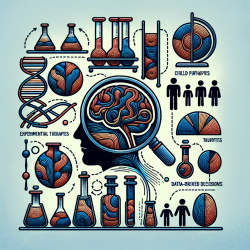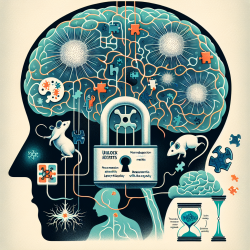Introduction
The opioid crisis remains a significant public health challenge, with opioid overdoses contributing to a substantial number of preventable deaths. The research article "Opioid overdose prevention and naloxone rescue kits: what we know and what we don’t know" by Kerensky and Walley highlights the critical role of naloxone in mitigating this crisis. This blog aims to guide practitioners in leveraging the outcomes of this research to enhance their skills and improve patient outcomes.
Understanding Naloxone and Its Importance
Naloxone is a potent opioid antagonist that reverses the effects of opioid overdose, particularly respiratory depression. The accessibility of naloxone through community programs has expanded significantly, with 30 states implementing opioid overdose education and naloxone distribution (OEND) programs. These programs educate laypersons on recognizing opioid overdose and administering naloxone, thereby empowering communities to act swiftly in overdose situations.
Implementing Research Outcomes
Practitioners can improve their skills by incorporating the following strategies based on the research findings:
- Education and Training: Engage in comprehensive training on naloxone administration and overdose recognition. Practitioners should also educate patients and their families about the risks of opioid use and the benefits of naloxone.
- Community Engagement: Collaborate with community programs to distribute naloxone kits and provide education on overdose prevention. This partnership can enhance the reach and effectiveness of OEND initiatives.
- Risk Assessment: Develop tools to identify individuals at high risk of overdose. Tailor naloxone distribution efforts to these individuals and their social networks to maximize impact.
Encouraging Further Research
While significant progress has been made, several knowledge gaps remain. Practitioners are encouraged to engage in or support further research in the following areas:
- Target Audience for Naloxone Kits: Research is needed to determine the most effective recipients of naloxone kits, beyond those who use opioids.
- Impact on Prescribing Practices: Explore how naloxone distribution influences opioid prescribing behaviors among healthcare providers.
- Risk Compensation: Investigate the perception and reality of risk compensation when naloxone is readily available.
Conclusion
The implementation of naloxone kits and education programs is a promising strategy in combating the opioid crisis. By integrating research outcomes into practice, practitioners can enhance their skills and contribute to reducing opioid-related deaths. Continued research and data-driven decisions will be crucial in optimizing these interventions.
To read the original research paper, please follow this link: Opioid overdose prevention and naloxone rescue kits: what we know and what we don’t know.










